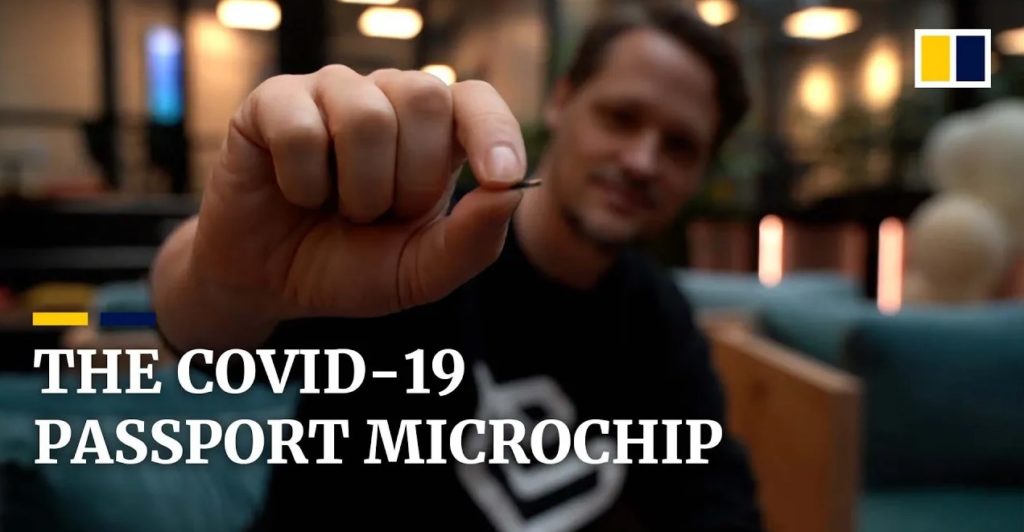SOLVED: Google Spinoff Aalyria Salvages Project (Bal) Loon Technology For The US Military
A pair of reports from CNBC and Bloomberg are detailing a new Google connectivity spinoff called “Aalyria.” The new company sounds like it’s taking the canceled Project Loon technology, packaging it up under a new brand name, and spinning it out from Alphabet as an independent company, where it will hopefully survive in the wilderness. The company is apparently going public today, complete with a spiffy new website.
Project Loon was a Google/Alphabet company for eight years and wanted to provide Internet for low-connectivity areas with flying cell towers suspended overhead by weather balloons. It’s sort of the same idea as a low Earth orbit satellite, but rather than a satellite in space, these balloons were only 20 km in the air. Besides needing to constantly navigate the varying atmospheric airways, Loon balloons have to be continually recovered and relaunched to maintain a steady stream of overhead balloons.
Besides being a reference to the big weather balloons, the name “Loon” was chosen as a nod to how infeasible the idea sounds. Eventually that infeasibility proved to mostly just be a money problem, and Google shut down Loon in 2021, saying it wasn’t a “long-term, sustainable business.”
The CNBC report paints the spinoff as yet another consequence of Google CEO Sundar Pichai’s plan to cut costs at Google. Pichai said in August that “productivity as a whole is not where it needs to be” and that the company would be “consolidating where investments overlap and streamlining processes.” CNBC says that the push for cost-cutting means Google is looking to “advance or wind down experimental projects.” Some Alphabet companies, like Waymo, have taken external funding to stay afloat.
Aalyria’s two big technologies are “Tightbeam” and “Spacetime.” Tightbeam seems born out of the Project Loon research and uses a laser to communicate with satellites. Project Loon was using lasers for intra-balloon communication, and now Aalyria promises to beam data to space, terrestrial, and airborne targets “at rates faster than any other solutions available today and covering greater distances than previously imagined.” SpaceX, which is probably Aalyria’s biggest competitor in the field of bringing Internet to low-connectivity spaces, already uses lasers for satellite-to-satellite communication.
Spacetime is “a software platform for orchestrating networks across land, sea, air, space and beyond.” Aalyria’s site says the software is for “orchestrating networks of ground stations, aircraft, satellites, ships, and urban meshes.” Spacetime “optimizes and continually evolves the antenna link scheduling, network traffic routing, and spectrum resources—responding in realtime to changing network requirements” and is “designed for interoperability with legacy, hybrid space, 5G NTN and FutureG network architectures.”
Loon had to manage a loosely tied-together network of constantly moving (and crashing) balloons, and building an Internet service on top of that unstable infrastructure probably required robust routing software.
Bloomberg says: “The key technology behind Spacetime is algorithms that predict, for example, when a plane is about to lose its connection with a given satellite or ground station and then direct a new signal toward the plane without missing a beat.”
CNBC reports that Alphabet retains a minority stake in the new startup, and Alphabet “transferred nearly a decade’s worth of intellectual property, patents and physical assets, including office space, to Aalyria.” Aalyria will need to survive on funding from places other than Alphabet, and it also has funding from the founders of Accel, J2 Ventures, and Housatonic.
The startup seems to have a heavy US military focus right now, including an $8.7 million “commercial contract” with the US Defense Innovation Unit. The “contracted by” section of Aalyria’s website shows the logos for the US Space Force, Space Warfighting Analysis Center, US Air Force, and US Special Operations Command. The company’s advisory board includes former Deputy Defense Secretary Robert O. Work and Former US Space Force Chief Innovation & Technology Officer Kim Crider.
The US Defense Innovation Unit put out a press release about the Aalyria contract back in July, saying, “A fully networked battlespace has been the dream of commanders for decades, but is now finally within reach.” For now, the initial goals are “on-demand or near-real-time satellite imagery,” “theater-wide tracking” of a battle, and “reliable broadband Internet at remote forward operating bases.”



